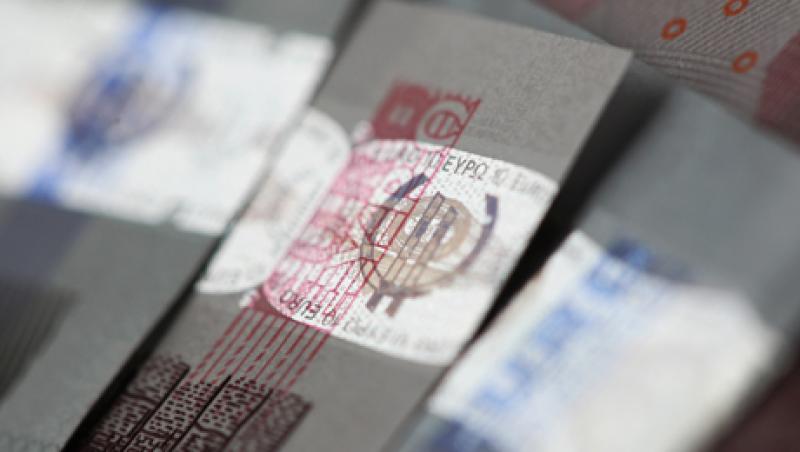
Euro’s Latest Low a Sign of Fresh Investor Doubt
Euro’s decline in value to lowest point since January reflects poor returns and persistent fears of sovereign defaults.
David Turner
December 14, 2011


